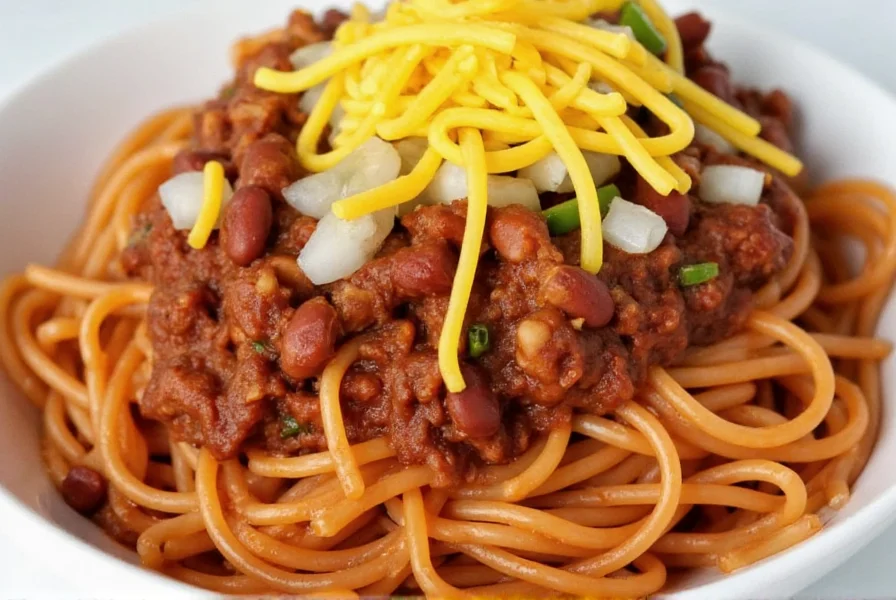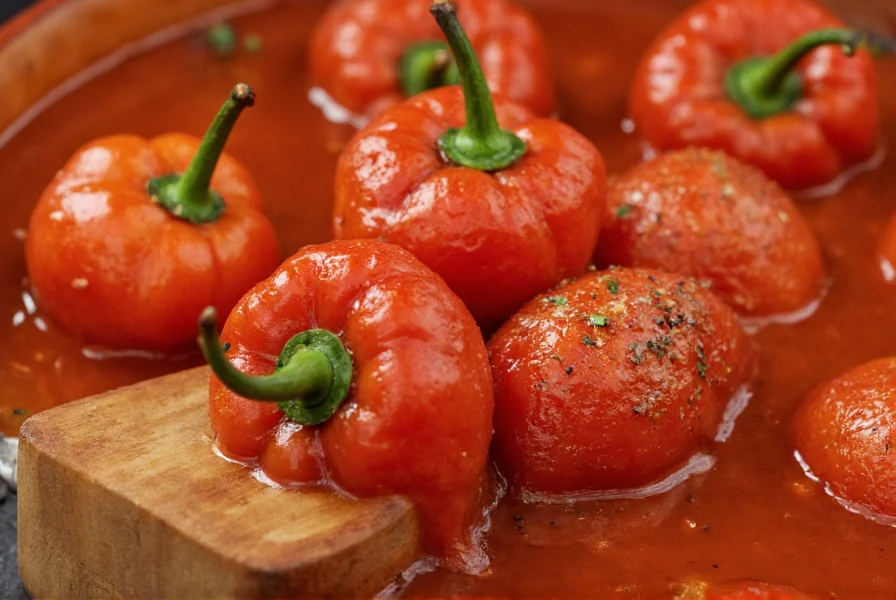Cincinnati chili stands as one of America's most distinctive regional foods, yet it consistently confuses visitors expecting a bowl of spicy meat stew. This iconic dish represents a culinary tradition developed by Macedonian and Greek immigrants in the 1920s who adapted their native meat sauce recipes to American ingredients. Unlike Texas-style or Cincinnati chili vs regular chili comparisons might suggest, this specialty functions as a pasta topping rather than a main dish.
The Origins of Cincinnati-Style Chili
When Macedonian immigrant Tom Kiradjieff opened Skyline Chili in 1949, he wasn't creating something entirely new but rather adapting the pastitsio meat sauce common in his homeland. The original recipe used affordable local ingredients while incorporating Mediterranean spices uncommon in American chili recipes. This innovation solved a practical problem—providing hearty, inexpensive meals during the Great Depression—while creating what would become Cincinnati's signature food.

What Makes Cincinnati Chili Unique
The distinctive flavor profile comes from its unexpected spice blend. While traditional chili relies on cumin, paprika, and chili powder, Cincinnati-style chili features:
- Ground cinnamon
- Allspice
- Clove
- Cocoa powder
- Vinegar
These ingredients create a sweet-savory profile that complements spaghetti rather than overwhelming it. The meat mixture remains finely ground and thin in consistency—more like a sauce than a chunky stew. This what is Cincinnati style chili characteristic defines its serving method and cultural significance.
The Famous 'Ways' System
No discussion of Cincinnati chili ingredients would be complete without explaining the unique ordering system. Local parlors use a numerical 'ways' system that specifies how the dish is assembled:
| Way | Components | Description |
|---|---|---|
| Two-Way | Spaghetti + Chili | Basic serving of chili over spaghetti |
| Three-Way | Spaghetti + Chili + Cheese | Most popular configuration |
| Four-Way | Three-Way + Onions or Beans | Choose either onions or kidney beans |
| Five-Way | Three-Way + Onions + Beans | Complete combination |
This how to eat Cincinnati chili system developed as a time-saving measure for busy lunch counters but became a cultural identifier. Most locals consider the three-way the standard serving, while five-ways represent the full experience.
Cincinnati Chili vs Regular Chili
The fundamental difference between Cincinnati chili and regular chili lies in their purpose and preparation:
- Base ingredient: Cincinnati uses finely ground beef with Mediterranean spices; traditional chili uses coarser meat with southwestern spices
- Consistency: Cincinnati chili has a thin, saucy texture; regular chili is thick and stew-like
- Serving method: Cincinnati always served over spaghetti; traditional chili eaten by itself
- Cultural roots: Cincinnati developed from Balkan immigrants; traditional chili from Tex-Mex traditions
Understanding Cincinnati chili vs regular chili helps prevent the common mistake of treating it as interchangeable with other chili varieties. The dish functions more like Italian bolognese than Mexican chili con carne.
Where to Experience Authentic Cincinnati Chili
While national chains have diluted the concept, authentic Cincinnati chili remains available at family-owned parlors throughout the region. Skyline Chili and Gold Star Chili represent the most famous establishments, but smaller operations like Dixie Chili and Camp Washington Chili offer equally genuine experiences. When ordering Cincinnati chili near me options, look for parlors using the traditional 'ways' system and serving the dish over spaghetti rather than in a bowl.
Simple Home Preparation Guide
While nothing replicates the experience of a Cincinnati parlor, home cooks can approximate the flavor with this basic approach:
- Brown 1 pound of 80% lean ground beef
- Add 2 cups tomato sauce, 1 cup water, and spices (1 tsp cinnamon, 1/2 tsp allspice, 1/4 tsp cloves, 2 tbsp cocoa powder)
- Simmer for 30-45 minutes until flavors meld
- Serve over cooked spaghetti with shredded cheddar cheese
This Cincinnati chili recipe overview captures the essence but lacks the proprietary spice blends perfected over decades by local establishments. The dish's simplicity belies its cultural complexity—what appears to be a humble meat sauce represents generations of immigrant adaptation and regional identity.
Frequently Asked Questions
Why is Cincinnati chili served over spaghetti?
Cincinnati chili developed as an affordable Depression-era meal when Balkan immigrants adapted their traditional pastitsio meat sauce to use inexpensive spaghetti instead of specialty pasta. The thin consistency works as a sauce rather than a standalone dish, creating what locals consider a complete meal.
Does Cincinnati chili contain chocolate?
While some recipes include unsweetened cocoa powder for depth of flavor, authentic Cincinnati chili does not contain actual chocolate. The cocoa provides richness without sweetness, complementing the cinnamon and allspice in the distinctive spice blend that defines Cincinnati-style chili.
What's the difference between a three-way and four-way?
A three-way consists of spaghetti topped with chili and shredded cheddar cheese. A four-way adds either onions or kidney beans to the three-way combination. The five-way includes both onions and beans with the spaghetti, chili, and cheese. Most locals consider the three-way the standard serving of Cincinnati chili.
Is Cincinnati chili spicy hot?
Authentic Cincinnati chili is not particularly spicy by heat standards. The flavor profile emphasizes sweet-savory notes from cinnamon and allspice rather than chili heat. Most establishments offer hot sauce on the side for those who prefer additional heat, but the traditional Cincinnati chili recipe focuses on complex spice flavors rather than capsaicin burn.











 浙公网安备
33010002000092号
浙公网安备
33010002000092号 浙B2-20120091-4
浙B2-20120091-4